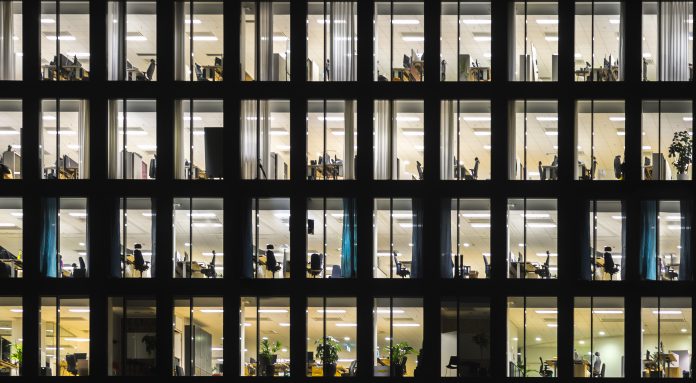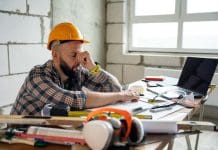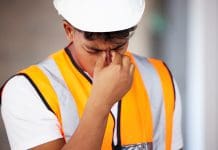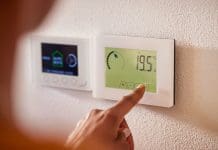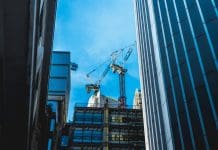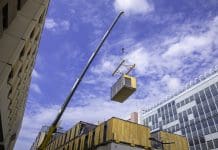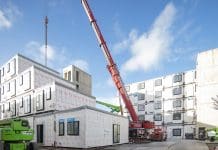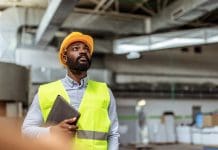A webinar hosted by the Building Engineering Services Association (BESA) heard that the pace of change in workplaces over the next decade would be ‘astounding’, as office buildings that fail to comply with health and wellbeing regulations will become redundant
‘Reducing carbon emissions and improving user experience’
Frances Brown, senior associate at the engineering practice Hoare Lea said: “Employers now need to treat staff as customers…and health and wellbeing is a big selling point.
“We are moving towards a service model for workspaces and people will want to get what they are paying for, including the right indoor environment, rather than just a physical space.”
She also added that future workspaces would have to use digital systems to provide users with up-to-the-minute information about indoor conditions so they could decide “where to work and what is best for the planet” on a day-to-day basis.
Eventually, this decision could be made by algorithm, and workspaces that don’t meet the aspirations of users would become redundant.
Brown stated: “The current rate of learning for our industry is phenomenal. We are now able to study performance data in much greater detail both to help reduce carbon emissions and improve the user experience.
“So, you have to ask, will we still be building new offices from steel, glass, and concrete in the future?”
Safe havens
BESA’s head of technical Graeme Fox, commented that it is increasingly important that buildings found a way to demonstrate they were ‘safe havens’ from conditions that could be harmful to health and wellbeing including poor indoor air quality (IAQ).
QR codes can now be more widely used to provide visitors with real-time information about the indoor conditions allowing them to decide about whether to enter a building or not.
The role of light on wellbeing
Ruth Kelly Waskett, president of the Society of Light and Lighting (SLL) stated: “Daylight is one of the biggest components of a healthy office because it gives us a connection to the outdoors and has a direct impact on our sleep patterns.
“Circadian rhythms are disrupted by artificial light and there are some very scary statistics about cancer in shift workers. We must design workspaces that give people access to natural light and make greater use of smart lighting to improve working conditions.”
‘Modular approaches that improve flexibility’
Jordan Jeewood, product marketing executive at Mitsubishi Electric, said the industry should make more use of “modular approaches that improve flexibility” in offices.
He commented: “This will help to improve whole-life carbon performance and affect the construction materials and the type of products used to keep occupants comfortable in the building. All manufacturers are now working on the embodied carbon of their equipment.”
Mitsubishi Electric has also produced a White Paper on ‘The Future Office’, which flags up the product choices and design challenges facing building engineers as they wrestle with less predictable occupancy levels while simultaneously trying to drive down carbon emissions.
“It is really important that we don’t make office spaces worse just to save energy,” Hoare Lea’s Brown told the BESA webinar. “We need to keep measuring and monitoring, especially around IAQ. CO2 monitoring can help you design your control systems so you only install what you need and don’t over-ventilate. It is all about doing enough; not doing too much these days.
“That’s where the data comes in and helps us to get that balance right. Modular is a good approach, but we also have ways of making central systems work better for office buildings. The system no longer needs to be either on or off.”


